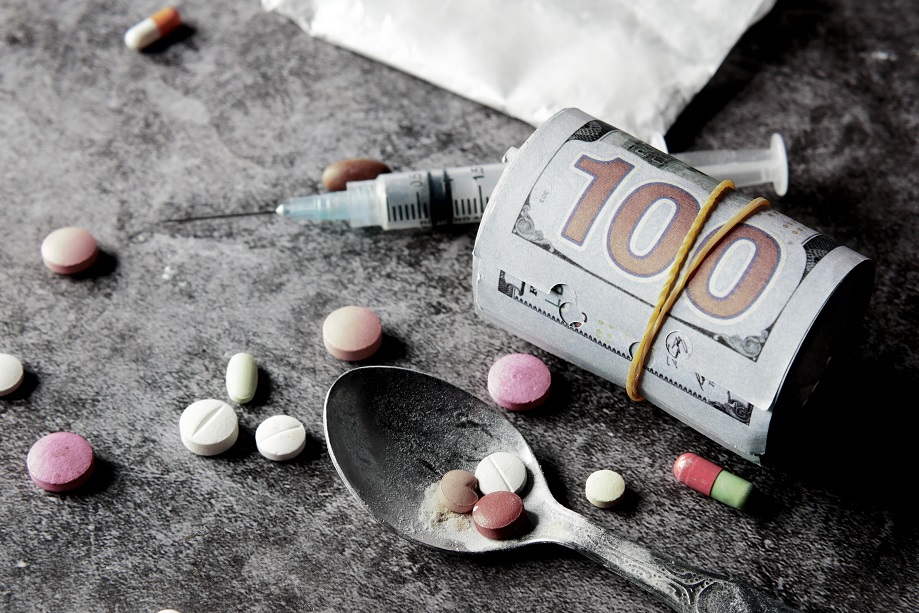As the overdose rate climbs, researchers are seeking ways to more quickly track fatalities.
The U.S. is battling a record-high opioid overdose rate with many of the fatalities stemming from fentanyl and other synthetics. Now, the results of a national urine drug test (UDT) study published online on June 3 in JAMA Network Open suggest that officials need to be providing more oversight to track overdoses and reduce these numbers.
“The faster turnaround could potentially allow clinicians and public health officials to be more proactive with targeted overdose prevention and harm-reduction strategies such as distribution of naloxone and fentanyl test strips,” the study reads.
“We’re talking about trying to come up with an early warning system,” said study author Steven Passik, PhD, vice president for scientific affairs for Millennium Health, San Diego, California. “We’re trying to find out if we can let people in the harm reduction and treatment space know about what might be coming weeks or a month or more in advance so that some interventions could be marshalled.”

The Centers for Disease Control and Prevention (CDC) reported that more than 100,000 people in the U.S. died of an unintended drug overdose in 2021 and this number has been steadily increasing year-to-year. Part of the federal government’s plan to address the crisis includes “strengthening epidemiologic efforts by better collection and mining of public health surveillance data,” according to lawmakers.
Traditional means of detecting drug use trends include analyzing mortality data, poison control centers, emergency departments, electronic health records, and crime laboratories. However, these sources can take weeks or more to become available and the study authors are suggesting that new ways be implemented to better track overdoses in a timelier manner.
“One of the real challenges in addressing and reducing overdose deaths has been the relative lack of accessible real-time data that can support agile responses to deployment of resources in a specific geographic region,” said study co-author Rebecca Jackson, MD, professor and associate dean for Clinical and Translational Research at Ohio State University in Columbus.
Ohio State researchers partnered with scientists at Millennium Health, which is a premier urine test lab, on a cross-sectional study to find out if “UDTs could be an accurate and speedier tool for drug surveillance,” the teams wrote.
They reviewed 500,000 unique urine samples from patients currently undergoing substance use disorder (SUD) treatment facilities in all 50 states during the seven-year span from 2013 to 2020. They took this data to track overdoses and compare levels of cocaine, heroin, methamphetamine, synthetic opioids, and other opioids found in the samples to levels of the same drugs from overdose fatality data at the national, state, and county level from the National Vital Statistics System. From this information, the teams were able to derive that more than 80% of overdose deaths involve on or these powerful drugs.
The authors wrote, “This cross-sectional study found strong correlation between UDT data from SUD treatment practices and overdose mortality across 5 drug categories over a similar period at national, state, and county levels. At the national level, UDT positivity for synthetic opioids and methamphetamine were both highly correlated with overdose mortality rates. Given their potency and synthetic nature, fentanyl and methamphetamine can be inexpensively produced by drug trafficking organizations, contributing to substantial profits and widespread availability that have increased the involvement of these substances in overdose deaths.”


Join the conversation!